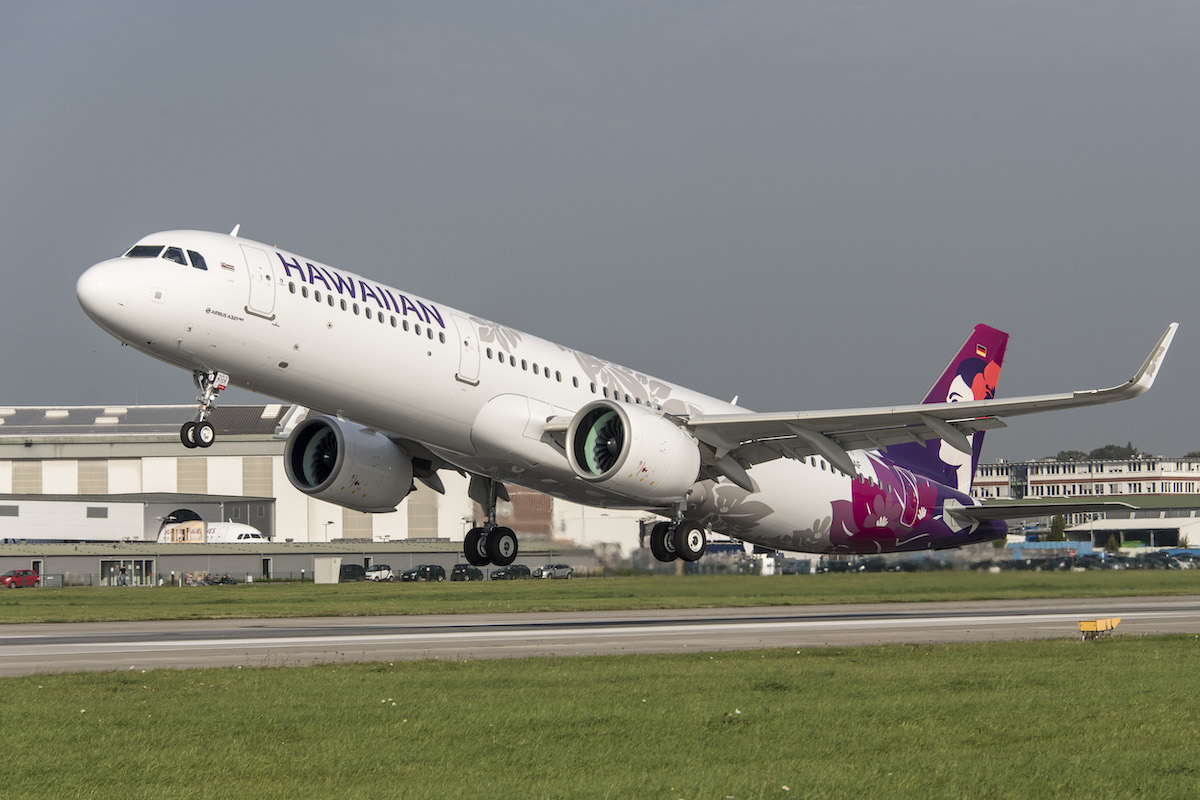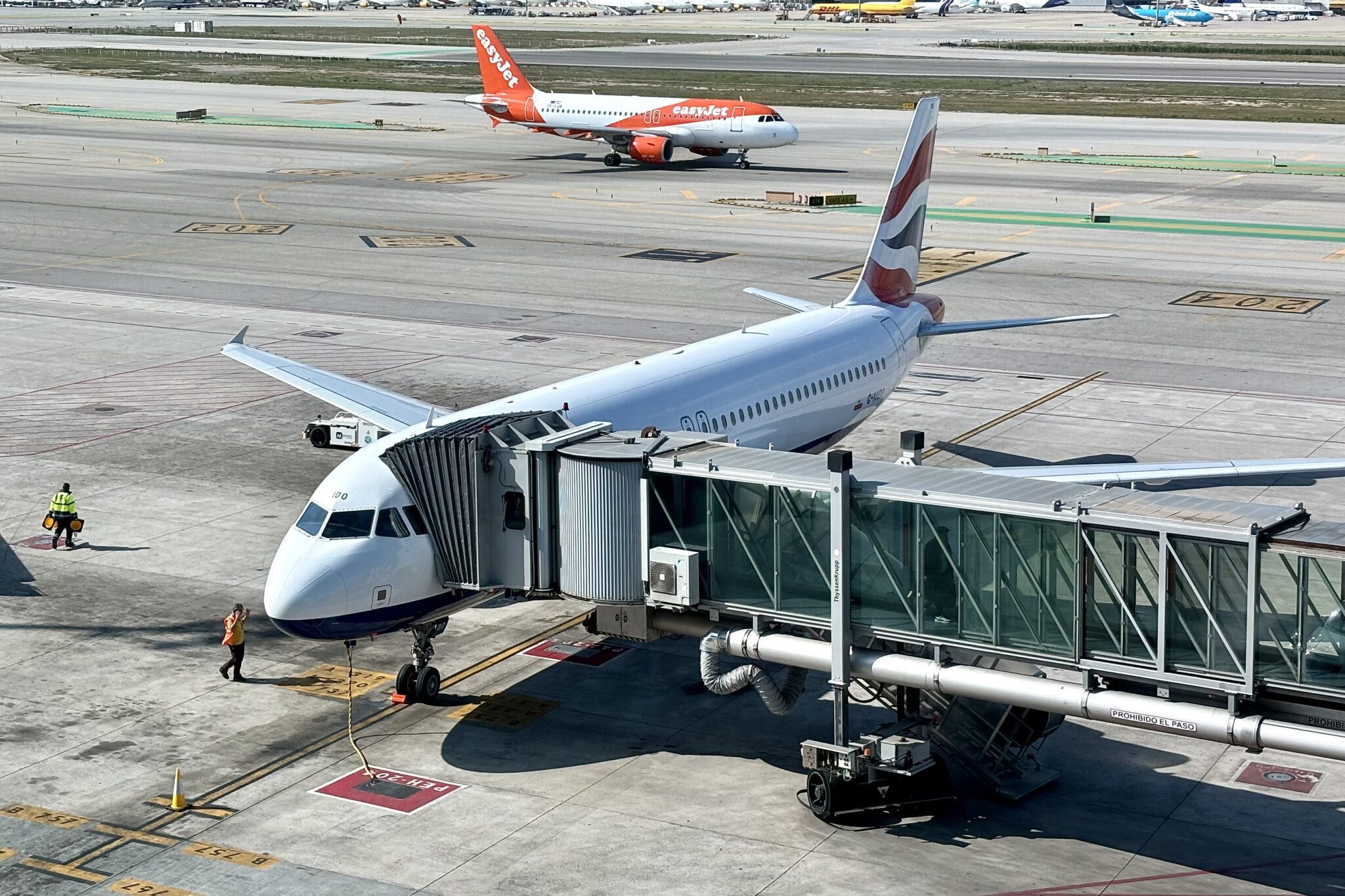Hawaiian Airlines’ struggles got a little bit worse on Tuesday. News broke of an engine recall for its Airbus A321neos that are likely to affect the carrier’s already pressured results and future capacity plans.
“Our team has already started to work with Pratt & Whitney to understand the specific impacts on our installed fleet, and in the days ahead, we will assess whether we must take any schedule action to mitigate aircraft shortages,” Hawaiian CEO Peter Ingram said during the airline’s second-quarter earnings call Tuesday.
“It is likely to be a few more quarters until the entire A321 fleet is available.”
RTX, which owns engine manufacturer P&W, said Tuesday that roughly 1,200 PW1100G engines on A320neo-family aircraft built from 2015-2021 needed to be removed and inspected within 12 months. Of those, 200 engines would need to be inspected by September. The issue is related to a “rare condition in powdered metal” that could result in certain parts wearing out faster than expected.
All 18 of Hawaiian’s A321neos were manufactured and delivered during the timeframe in question. Other potentially affected carriers include American Airlines, Delta Air Lines, IndiGo, and Lufthansa, all of which took delivery of new A320neo-family planes during the six-year window.
The recall comes amid further weak results from Hawaiian. The Honolulu-based airline reported an operating loss of $9.6 million in the second quarter and a negative 2% operating margin. That’s a big swing from the double-digit profit margins at the likes of Alaska Airlines and United Airlines, both of which are big players in the U.S.-Hawaii market. Hawaiian’s yields, a rough proxy for airfares, were down 7.2% year-over-year in the quarter while capacity was up 11.3%.
In addition to the A321neo engine recall, Hawaiian also faces further delays to its new Boeing 787-9s.
“We received notification from Boeing that our first 787 delivery will be slightly delayed from November of this year to January next year and will also impact our remaining 2024 deliveries,” Chief Financial Officer Shannon Okinaka said.
Here are other highlights from Hawaiian’s second-quarter results.
Japanese Demand is Bouncing Back
A strong positive for Hawaiian is the recovery in one of its most significant markets. Since the relaxation of the last Covid-related restrictions in Japan, bookings have begun to accelerate, and third-quarter Japan bookings are double those in the second quarter.
“Since early May, Japan outbound demand has accelerated meaningfully for the first time since the onset of the pandemic. Combined with historically high demand from U.S. point of sale, the result has been load factors and RASM that are comparable to historical levels,” Ingram said.
However, competition on these routes remains strong. Hawaiian is currently flying roughly 75% of its 2019 capacity to Japan, according to Cirium Diio schedules. All Nippon Airways is at about 90%, and Japan Airlines roughly 60%.
New Revenue Streams are Coming
Hawaiian will commence its partnership with Amazon this fall. The pact will see the airline operate and maintain an initial fleet of 10 Airbus A330-300 freighters for the e-commerce giant.
“This will provide us with a new and diversified stream of revenue that will begin to ramp more materially in 2024,” Ingram said.
The first A330 freighter arrived in Honolulu earlier this month. The agreement also contemplates the ability to expand the fleet depending on Amazon’s future business needs.
Excess Pilots Boost Costs
Hawaiian currently has 25% more pilots, many of whom are in training, compared to the end of 2019, despite flying about the same amount of capacity.
“Our pilot wages came in a little higher than expected due to operational disruptions that resulted in upgauges and other schedule changes,” Okinaka said.
The airline expects pilot productivity to improve as they begin operating the A330 freighters and 787s. Once that commences, Hawaiian believes the number of pilots in training will move toward more normalized levels.
But despite Hawaiian’s many challenges, executives are still optimistic.
“With the exciting prospects of our 787 fleet, rolling out Starlink, delivering the benefits from our Amadeus investment, and the momentum we’re seeing in our markets, in particular, Japan, we’re encouraged about what we can accomplish for the rest of the year and into next year,” Hawaiian Senior Vice President of Revenue Management and Network Planning Brent Overbeek said.
Hawaiian’s third quarter guidance shows unit revenues, measured by RASM, down 2-5% year-over-year.





